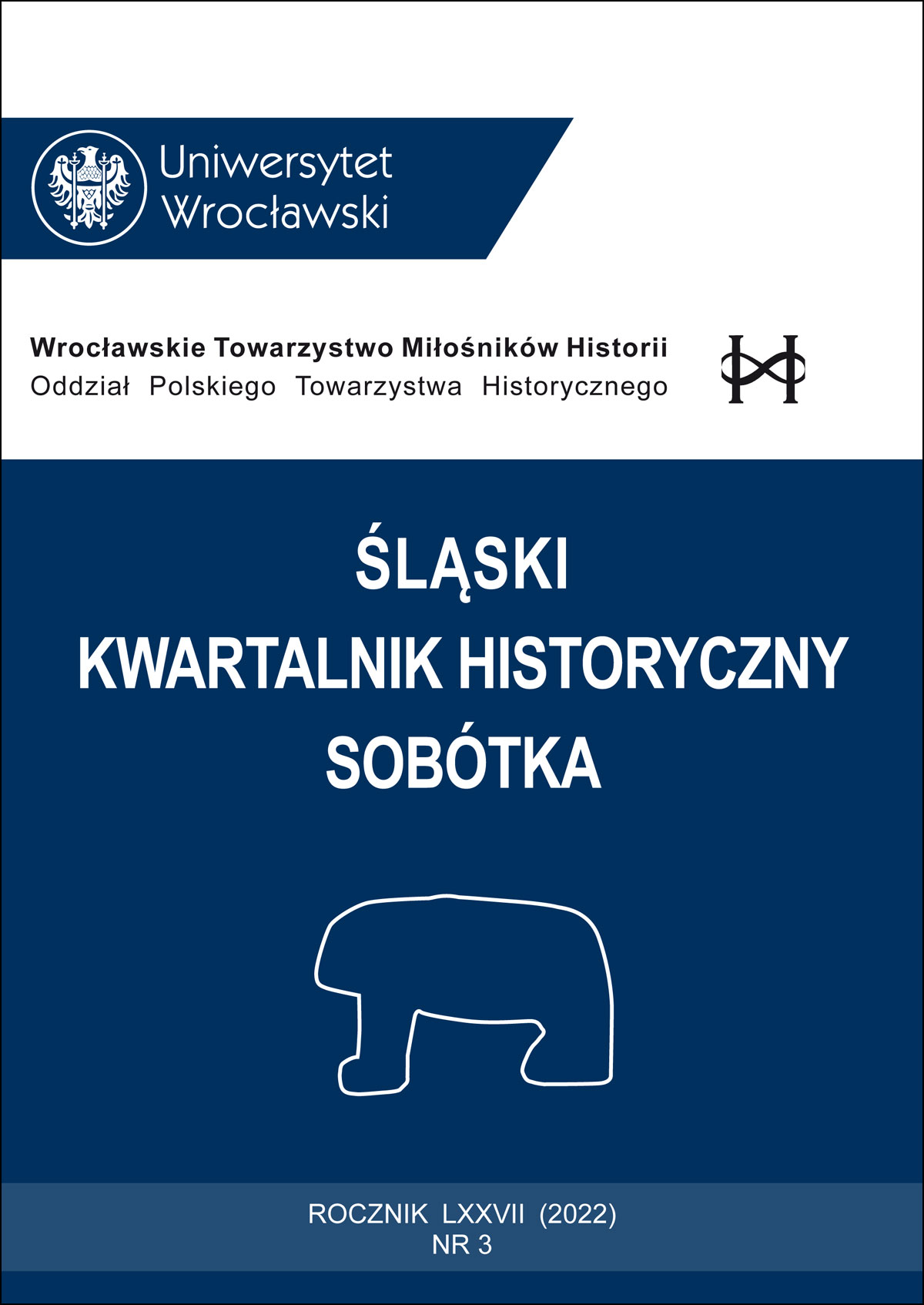Niedokończona Kolej Izerska (Isergebirgsbahn) i granica potrzeb
The unfinished Jizera Railway (Isergebirgsbahn) and the limit of needs
Author(s): Tomasz PrzerwaSubject(s): Local History / Microhistory, 19th Century, Pre-WW I & WW I (1900 -1919), Interwar Period (1920 - 1939)
Published by: Wydawnictwo Uniwersytetu Wrocławskiego
Keywords: Silesia; mountain railways; profitability; influence of railway investments
Summary/Abstract: The example of the Jizera Railway provides insight into problems accompanying the construction of mountain railways in Lower Silesia. Contrary to public claims of parliament members, local self-government officials or other interested parties, the purported benefits from the costly investment could be questioned. Crossing the mountain range of Jizera Mountains did not give rise to significant difficulties from a technical point of view, but the legal, financial and functional issues were not turning out comparably well. Various solutions were debated regarding the way in which the railway line should have been constructed through the range: switchbacks with tunnels, traverses or – only occasionally mentioned – cog railroad system; all were considered primarily to their profitability and usefulness. The mountain conditions undoubtedly complicated the investment preparation process, but in the end did not determine the failure of the whole endeavor. The crucial factor for the latter was the unpredictable balance of benefits and losses which should be contrasted with catchy but not necessarily matter-of-fact arguments presented by the supporters of the project. In the official memoranda, parliamentary questions and petitions addressed to the authorities, wishful thinking and attitude of their authors is clearly visible. Vague and in part simply conventional arguments apparently did not convince the decision makers, and also now provoke reflection. Partial analyses submitted by officials subordinate to the Schaffgotsch noble family provide insight into perception of the discussed matter at that time. They show that detailed calculations, not propaganda slogans, were taken into consideration. It seems that such attitude is lacking in contemporary historical research. Too often one works on the assumption that the aforementioned railway line should have been constructed – the route is seen as an element of the transport revolution and it is assumed that the new rail link would have brought “well-known” benefits. Therefore, in broader perspective, the present study raises two issues: critical assessment of the real transportation needs in the region, and the influence of railway investments on the development of mountain region in Silesia.
Journal: Śląski Kwartalnik Historyczny Sobótka
- Issue Year: 77/2022
- Issue No: 3
- Page Range: 201-232
- Page Count: 32
- Language: Polish

